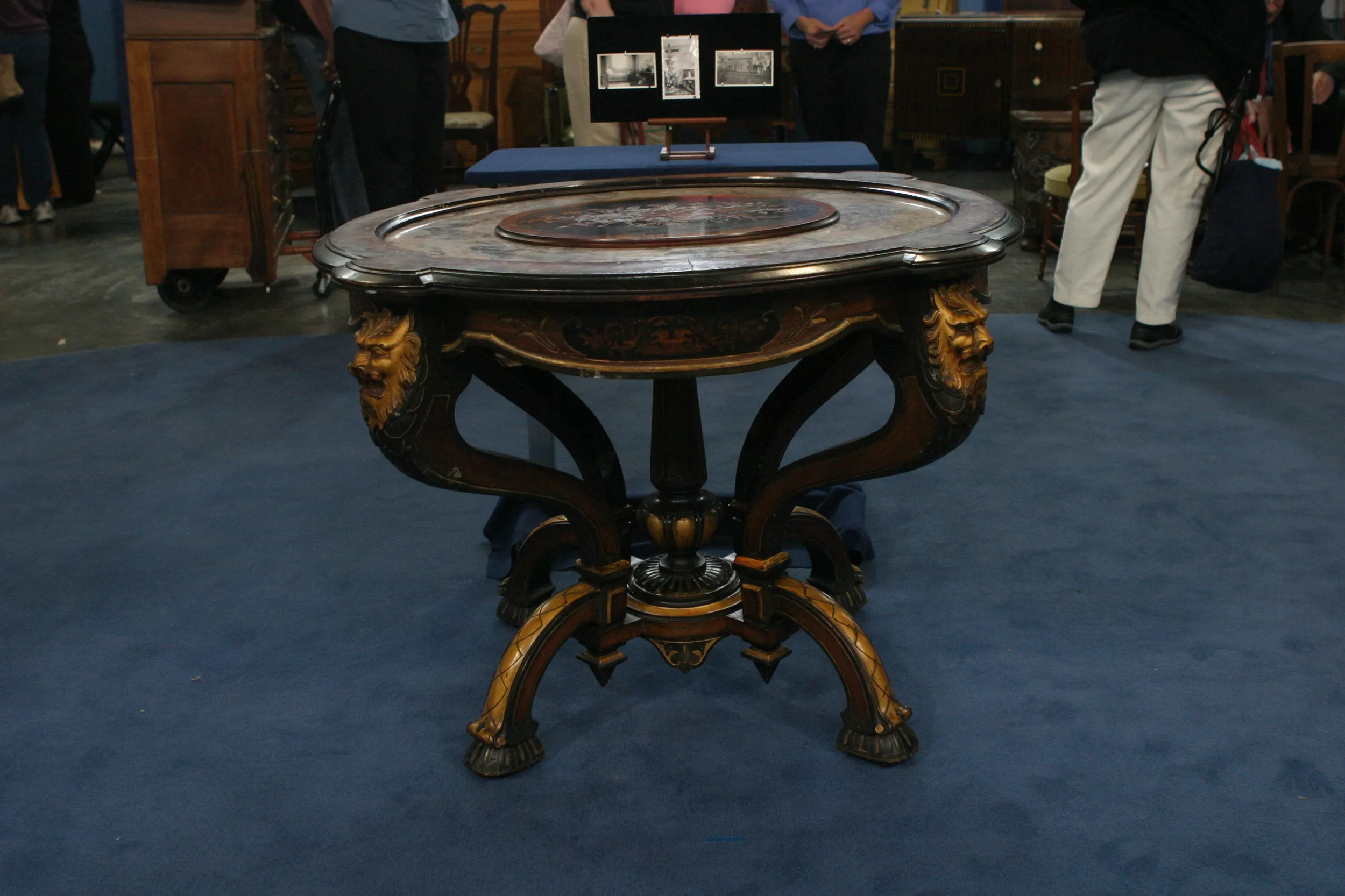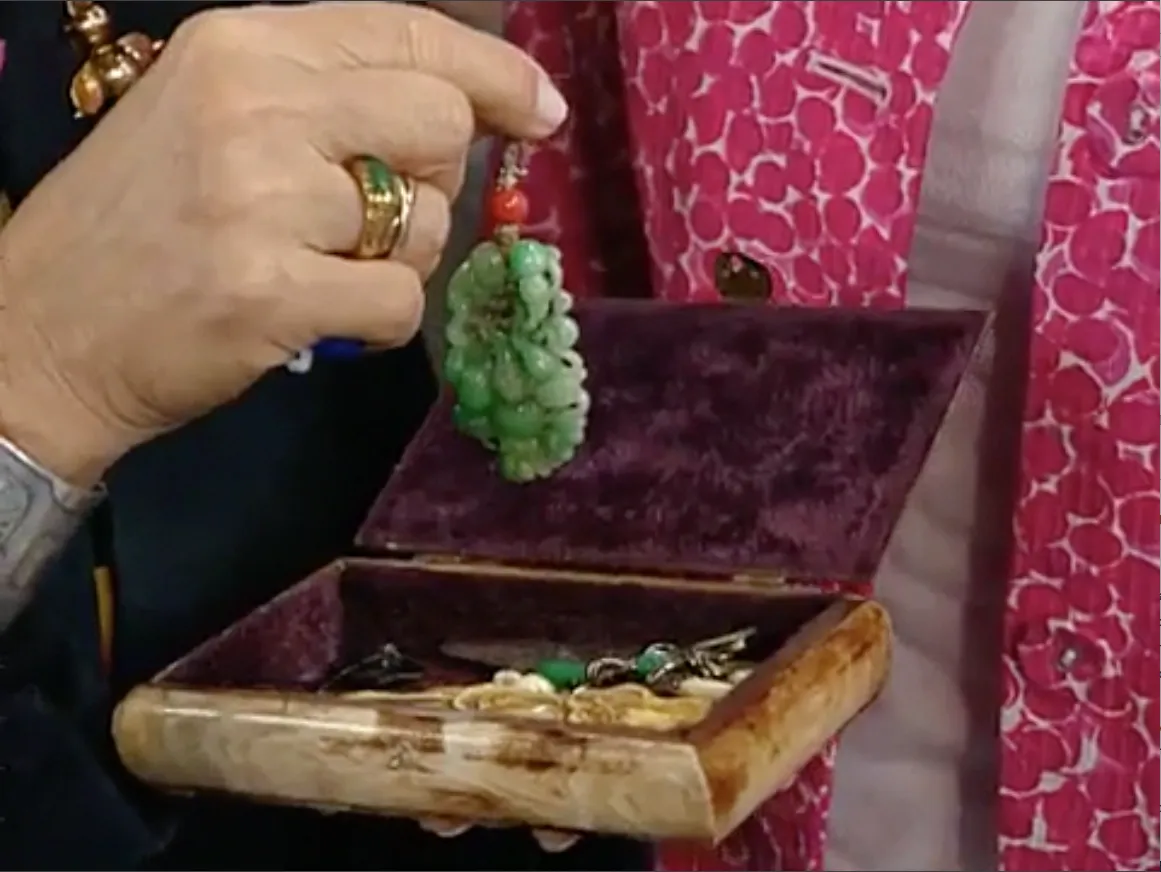GUEST: My husband got the violin in 1965 or so, and he got it from a violin shop in Washington, DC.
APPRAISER: Mm-hmm.
GUEST: Now, before I met him, he had seen this violin in that same shop, and wanted to buy it, but he couldn't afford it at the time, and then in the meantime, we got married, and things got a little better. He went to get it, and it was gone. It had been sold. And, of course, he was really heartbroken about that. But as years went on, about maybe five years later, he got a call from the shop and said, "That violin is back." He bought it. He was a very proud owner.
APPRAISER: Was he a professional player?
GUEST: Yes, he was. He was a violinist all his life, and teacher.
APPRAISER: This violin bears its original label, "Nicolas Lupot à Paris, 1798," and Lupot was probably the most famous of all French violin makers. We refer to him as the Stradivari of France. He moved to Paris, I think, in 1798, after working in Orléans, not far from Paris. And this is a very nice copy of a golden period Stradivari violin. It is an example that I needed to spend quite a lot of time with when I first looked at it, trying to decide if it was right. Lupot is a difficult maker, because everybody in France in the 19th century is trying to copy him. And, of course, they're using facsimile labels inside, which looked pretty good. This label looks like a correct label to me, and it has several characteristics that I attribute to Lupot. One... is this scribe line that, as a maker, he used to scribe the center line of the instrument, but he didn't remove. Most makes remove it when they finish the head. And generally, I find Lupot doesn't remove it. So that's one thing that felt good for me. The other was, the purfling is this sandwich of three strips of wood. It's a decorative strip around the perimeter of the top and the back of the violin. And I noticed that the dark part of the, of the outside lines is whale bone, and whale bone is a characteristic purfling material used by Lupot. This type of varnish, this very dark, vibrant brownish-red color is typical for Lupot. The back and sides are very, very select maple. People call it tiger stripe-- we just call it curly maple, or highly figured maple. The sides also maple, and the front, spruce. This one has a few condition issues, which I'll point out. Mainly, this crack that goes all the way up, and then you've got these round patches-- one here and one here. I had never seen that before. And that doesn't help the value. Now, you told me in the 1990s, you'd had an appraisal of about how much?
GUEST: $100,000.
APPRAISER: $100,000. I think probably a retail value for this violin should be about... $140,000, but it perhaps would have been worth closer to $200,000 if it didn't have the wear and these condition issues, especially... Any crack in the back devalues a violin by quite a lot. The bow you've also had appraised, and I notice, written on the side, "$7,000." I think this is a very fine French violin bow of the second half of the 19th century of the school of Dominique Peccatte, but not by Dominique Peccatte-- one of the workers working in his style. Probably valued more in the range of $20,000, so $7,000 was a little cheap.
GUEST: Wow. That's good.
APPRAISER: Thanks for bringing it. It is...
GUEST: Thank you very much. Well, that's terrific to hear-- makes my day.









